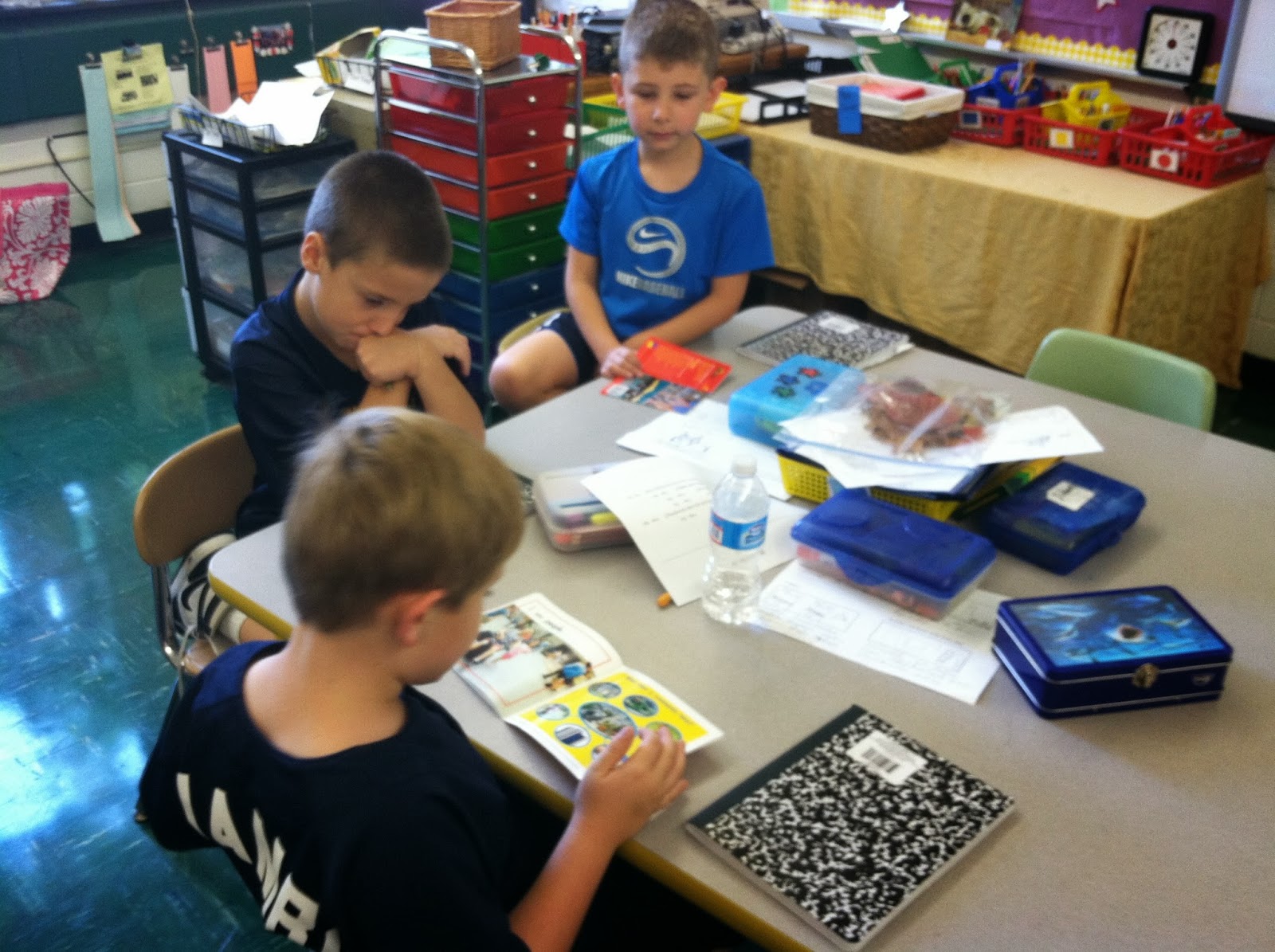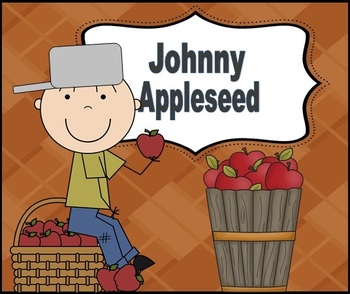Focus on Nonfiction!
We have been working with nonfiction texts across our day to become more proficient readers! We have switched all the books in our book bins to be nonfiction, for our work in Reader's Workshop. Students have so much enthusiasm for this genre that they are incredibly engaged during Individual Reading time and are eager to share the thinking they have jotted on post-its and what they have learned during partner reading time.Naturally, we have also been studying nonfiction texts across content areas like Science and Social Studies.
Social Studies
"Community" Book Clubs Read nonfiction books all about communities. For some groups, the text was very easy so they had to make meaning using connections, inferences, and evaluations.
Book Clubs hard at work reading and jotting their thinking on post-its
Students then "jigsawed," teaching peers from different book clubs all about a nonfiction community-themed book they read with their book clubs.
Science
We learned all about bats with several close readings of Bats by Gail Gibbons. We then read Stellaluna and searched for parts that were real/make believe. Finally we worked on reading nonfiction texts with fluency in a Bats Reader's Theater.
Bat Reader's Theater









































































